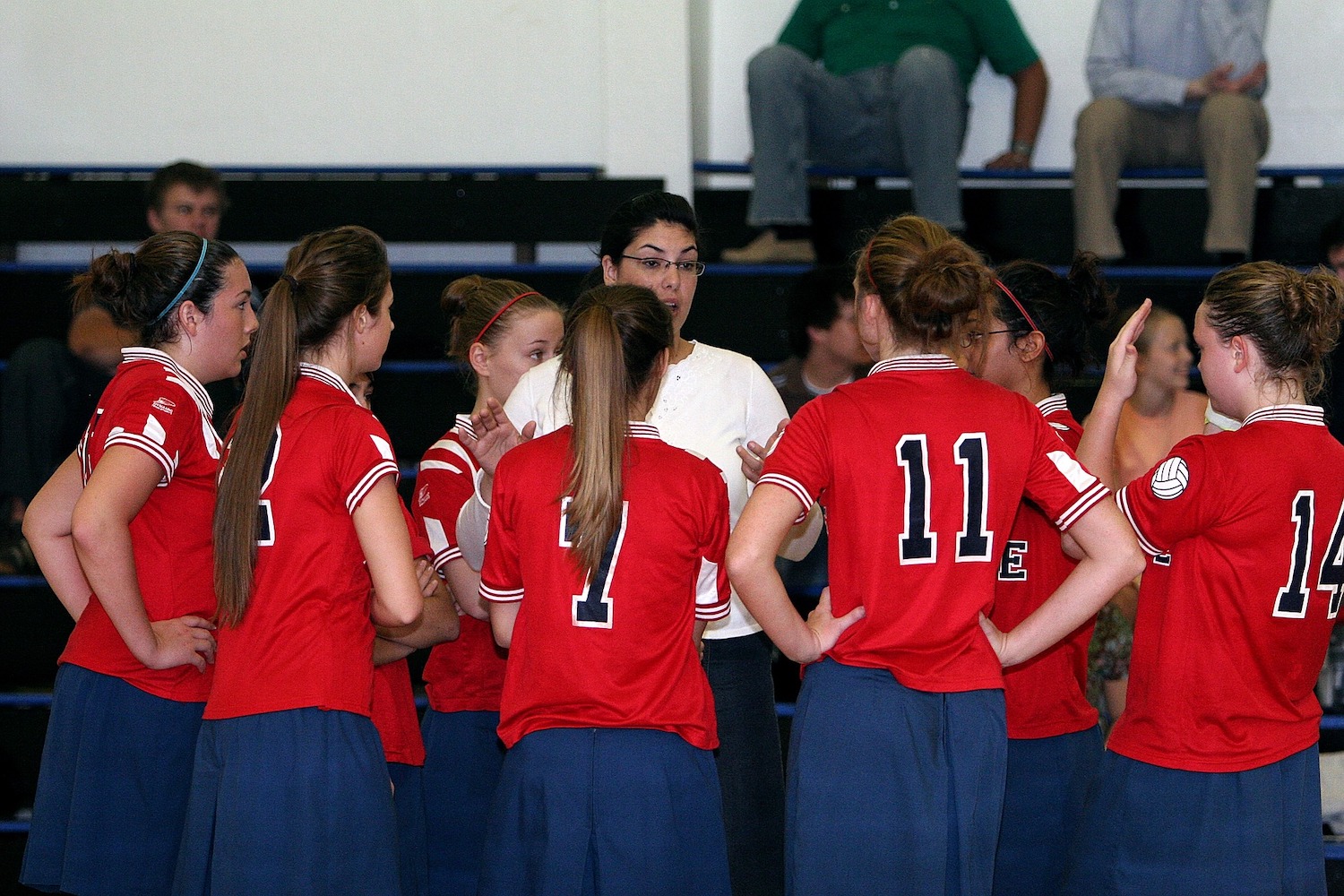 Psychology
Psychology
Infants distinguish between leaders and bullies
Leaders and bullies! When do we start to distinguish between a power based on fear and coercion and a power based on mutual respect? It seems that infants already hold important expectations about how interactions between dominants and subordinates might unfold.

We all know well the difference between a bully and a leader. We can easily spot the difference between a power based on fear, coercion, and violence, and a power based on mutual respect. We may call the latter authority or leadership, and the former bullying.
It is commonly agreed that the capacity to recognize authority and the infant's expectation for someone to obey or disobey in a particular situation, occur late in the development - surely not within the first two years of life. We often think that infants are not aware of many aspects that characterize social relationships as, for example, social power asymmetries. However, research in infant cognition is providing us more and more evidence that infants are smarter than long believed.
First, there is now a growing consensus that infants are able to tell helping from harming actions or fair from unfair actions: this ability indicates an early-emerging moral sense. Second, there is evidence that infants are sensitive to power asymmetries and can detect them by using several cues. Overall, infants can represent dominant and subordinate individuals when witnessing situations in which one individual prevails over another in a conflict.
Given these interesting results, we asked whether infants around the second half of the second year can also understand something which is crucial for our social lives: that (a) power may be based on fear and violence or may be based on respect and legitimacy; and (b) individuals respond differently to these two types of social powers.
To answer this question, we showed to infants computer-animated events in which three protagonists interacted with a character who was portrayed either as a leader or as a bully. The animation representing the leader, displayed three protagonists playing with a ball in a field next to a house. When the character (leader) arrived, the protagonists bowed to her reverently and then gave her their ball. The animation representing the bully displayed the three protagonists playing with the ball until the character arrived. This time, however, the character hit each protagonist and then stole their ball.
In the test phase, infants then watched an "obey" and a "disobey" event. At the start of each event, the three protagonists were again playing in the field when the character (either the leader or the bully) arrived and ordered them to go to bed ("Time for bed!"). In both cases, the protagonists initially obeyed this order, and went into their house (they could be seen through the front window of the house). Next, as soon as the character left the scene, the protagonists continued to obey and closed their eyes (obey event), or they left the house and returned to the field (disobey event). We measured how long infants looked at the obey and disobey events in both the leader and bully conditions.
We found that infants looked longer at the disobey event than at the obey event when the leader character gave the order. Many findings in the infant literature show that looking times may depend on infants expectation: a longer look reveals that infants have noticed a violation of such expectation. In accordance with this explanation, we inferred that infants found disobedience surprising and, thus, expected the protagonists to continue to obey the leader's order even after she left. In contrast, in the bully setup, infants looked about equally at the two events, suggesting that they viewed both outcomes as plausible - the protagonists might decide to obey out of fear or they might decide to disobey as the power of the bully character weakened in her absence. A set of control studies confirmed and strengthened our interpretation of the results.
Our findings suggest that children, before their second birthday, already hold different expectations for how individuals respond to leaders and bullies. In particular, we showed that infants expect people to obey leaders even when momentarily absent, but expect people to comply with bullies only out of fear of reprisal.
The current findings represent a first step towards the demonstration that a principle of authority is part of the early-emerging and basic structure of human moral cognition. Assuming our results are replicated and extended, parents and educators will need to keep in mind that very young children may understand power asymmetries and generate expectations about obedient behaviors long before they develop sufficient self-control skills to consistently obey orders from leaders.
Original Article:
F. Margoni, R. Baillargeon, L. Surian, Infants distinguish between leaders and bullies. Proc Natl Acad Sci U S A 115, E8835-E8843 (2018)Next read: How do people see, simplify, and solve problems? by Mark Ho
Edited by:
Massimo Caine , Founder and Director
More from Psychology
Sharing a political ideology predicts more similar brain activity
Sep 1, 2023 in Psychology | 3.5 min read by Daantje de Bruin , Oriel FeldmanHallHow do people see, simplify, and solve problems?
Aug 25, 2023 in Psychology | 3.5 min read by Mark HoWomen are human too, but not according to the internet
Jul 21, 2023 in Psychology | 4 min read by April BaileyDeaf to arguments? How conspiracy beliefs shape opposition to wind farms
Jun 12, 2023 in Psychology | 3 min read by Kevin WinterCan Training Make Policing Fairer and More Effective?
May 22, 2023 in Psychology | 3 min read by David Weisburd , Cody TelepEditor's picks
Trending now
Popular topics


